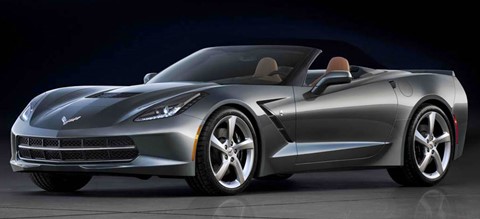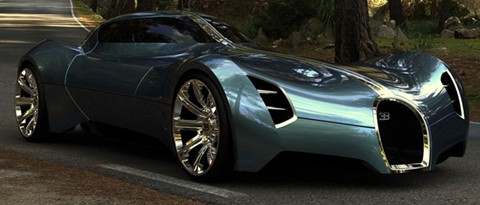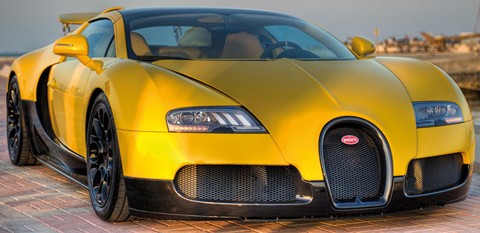
Find Your Next Classic
The Ferrari 599 (internal code F141) is an Italian sports car produced by Ferrari. It was the brand's two-seat flagship, replacing the 575M Maranello in 2006 as a 2007 model, but was replaced for the 2013 model year by the F12berlinetta. Styled by Pininfarina under the direction of Ferrari's Frank Stephenson, the 599 GTB debuted at the Geneva Motor Show in February 2006. It is named for its total engine displacement (5999 cc), Gran Turismo Berlinetta nature, and the Fiorano Circuit test track used by Ferrari.
Hot rods are typically old, classic American cars with large engines modified for linear speed. The origin of the term "hot rod" is unclear. Roadsters were the cars of choice because they were light, were easy to modify, and could be bought for a low price. The term became commonplace in the 1930s or 1940s as the name of a car that had been "hopped up" by modifying the engine in various ways to achieve higher performance.
In Ferrari's first official announcement of the car, the 458 was described as the successor to the F430 but arising from an entirely new design, incorporating technologies developed from the company's experience in Formula 1.
The Mercedes-Benz S-Class is a series of full-size luxury sedans produced by German automaker Mercedes-Benz, a division of German company Daimler AG.The S-Class has served as the flagship model for Mercedes for over fifty years in its various incarnations. The S-Class has debuted many of the company's latest innovations, including drivetrain technologies, interior features, and safety systems.
Aren't there just. First, in 2006, there was the XK, then the XKR arrived with a supercharger to partner the 5.0-litre V8, then along came the XKR-S with yet more power and control, now this, the XKR-S GT. Which is something altogether different.








lke